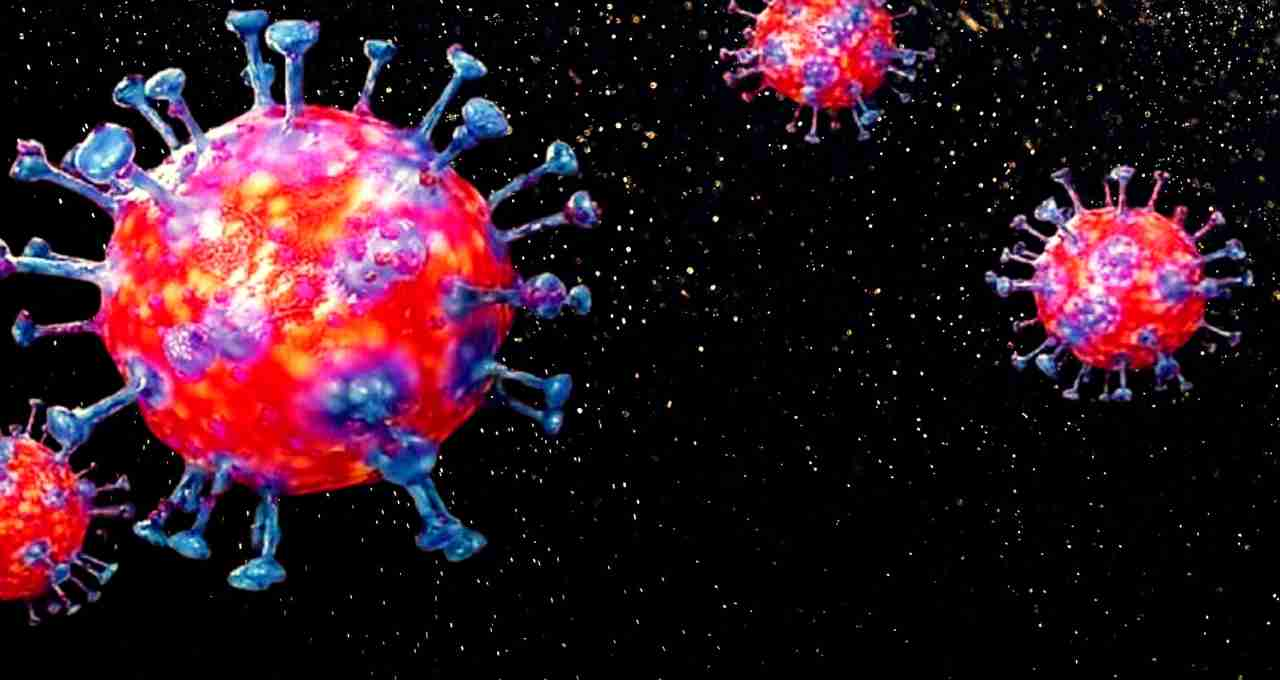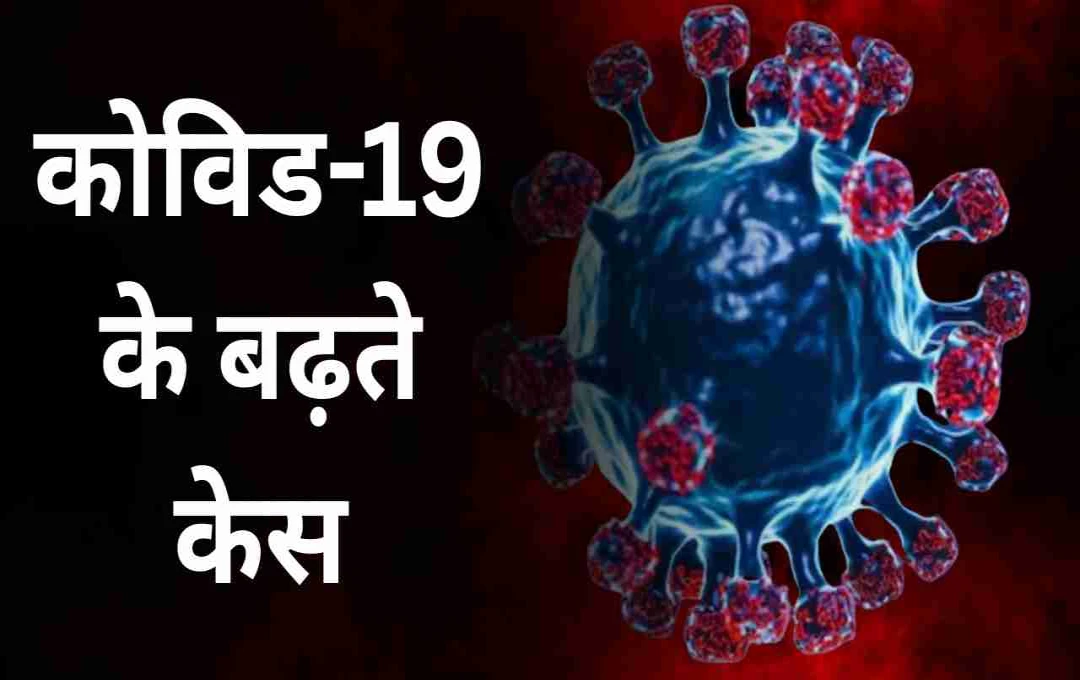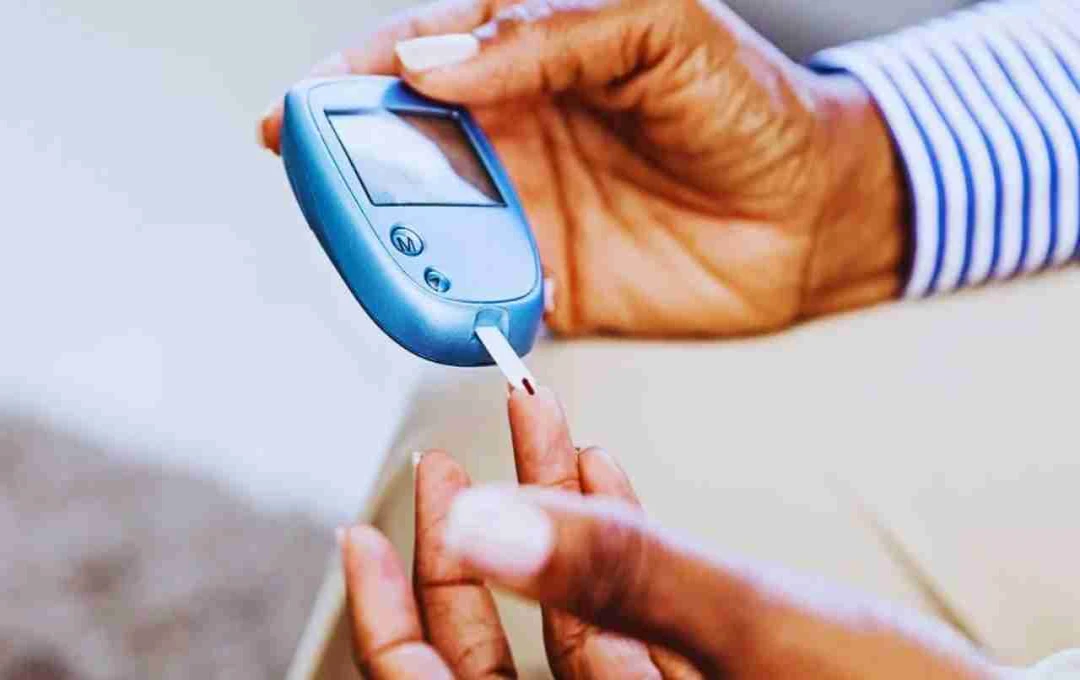India is experiencing a resurgence of COVID-19 cases. Several states are reporting a gradual increase in infections, prompting health officials to heighten their alert level. Memories of the devastating outbreaks of 2020 and 2021 are being rekindled, although the current situation is not as severe. However, complacency is ill-advised.
Which States are Seeing Increased Cases?
According to recently released data from the Indian government, there are currently over 250 active COVID-19 cases nationwide. Kerala has the highest number with 95 active cases, followed by Tamil Nadu with 66 and Maharashtra with 56 confirmed patients.
Additionally, new cases have been reported in Delhi (23), Karnataka (13), Gujarat (7), Rajasthan (2), Haryana (1), Sikkim (1), West Bengal (1), and Puducherry (10). Reports indicate 164 new cases between May 12th and May 16th, with Kerala reporting 69, Maharashtra 44, and Tamil Nadu 33 of these new cases.
Reasons for the Resurgence of COVID-19

Experts believe the primary reason for the COVID-19 resurgence is the gradual weakening of immunity, a phenomenon known as "immunity wane." Individuals who have previously contracted COVID-19 or received vaccinations experience a decline in antibody levels after several months. This weakens the body's defenses, increasing the risk of reinfection.
Another significant factor is the increase in international travel. As travel resumed and people began traveling internationally, new variants of the virus entered the country. These variants spread rapidly, particularly in airports and crowded areas, leading to a rise in local cases.
What is the New Variant Spreading?
The new COVID-19 variant currently circulating is called JN.1. It is a sub-lineage of the Omicron variant and has spread to several countries, including India. Experts state that JN.1 spreads rapidly, but its symptoms are generally mild. Infected individuals typically experience mild fever, runny nose, sore throat, headache, muscle aches, fatigue, loss of appetite, and mild abdominal discomfort. These symptoms resemble a common cold or viral flu, leading many to underestimate the risk; however, caution is crucial.
How to Protect Yourself

Protection against COVID-19 relies on the same preventative measures adopted in 2020, but with renewed diligence.
- Wear a Mask: Wearing a mask in crowded places remains crucial, especially if you have a cough, cold, or fever.
- Maintain Hand Hygiene: Frequent handwashing and the use of hand sanitizer prevent the spread of the virus.
- Maintain Social Distancing: Maintaining distance in crowded areas such as metros, buses, and large gatherings remains an effective preventive measure.
- Keep Vaccinations Updated: Get a booster dose if you haven't already. This helps protect against severe infection.
- Self-Isolate: If you experience COVID-19-like symptoms, self-isolate for a few days and maintain distance from others to prevent the spread of infection.
Is the New JN.1 Variant Truly Dangerous?
Based on the available information, the JN.1 variant is not considered severely dangerous. Most infected individuals experience mild symptoms, and no deaths have been reported. While it spreads rapidly, it does not appear to cause severe illness or necessitate hospitalization.
However, the variant may pose a higher risk to elderly individuals, pregnant women, and those with pre-existing health conditions. These groups should exercise extra caution and avoid crowded places.













